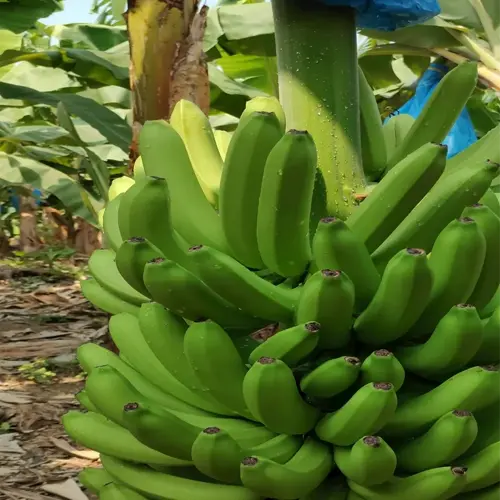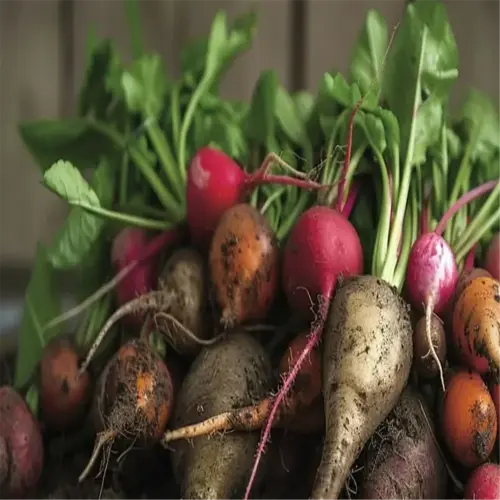How do I encourage my blueberry bushes to produce fruit?

Written by
Benjamin Miller
Reviewed by
Prof. Samuel Fitzgerald, Ph.D.It requires some care to get blueberry bushes to bear berries. Use ammonium sulfate fertilizer in early spring, one ounce of fertilizer per plant, and feed the plants as needed to promote new growth while not stressing the root systems with too much fertilizer. Increase the response by planting bushes that cross-pollinate; the blueberry varieties Duke and Bluecrop will yield larger crops when grown together - the blueberries I had unwittingly neglected tripled their production when I planted a Bluecrop pollinator.
Fertilization Strategy
- Use ammonium sulfate (21-0-0) in March
- Avoid nitrate-based formulas, they harm roots
- Side-dress with compost tea post-bloom
Pollination Tactics
- Space bushes 5 ft apart for bee access
- Add native flowers like lupine nearby
- Avoid pesticides during flowering
Pruning Essentials
- Cut canes thicker than a pencil annually
- Remove inward-growing branches first
- Disinfect shears with rubbing alcohol
Pest Defense
- Drape netting after petals fall
- Trap spotted wing drosophila with apple cider vinegar
- Apply kaolin clay to deter beetles
Netting timing preserves fruits and vegetables. It is important to drape the bushes/water when flowers start to fade but before they begin to color. Secure the netting on the edges with bricks and make sure there are no gaps for birds. I lost 50 berries to sparrows on the first day I didn't cover my bushes/water. Strong nylon netting will last 5 or more seasons and is much more reliable than thinner netting.
Prune thoughtfully. You want to conserve plant energy on old fruiting wood by removing the spindly branches and canes that are older than four years. One year I didn't prune my Legacy bush and it made 3 lbs of fruit. Later, when I got it thinned out, that same bush made 9 lbs of fruit that year. Sharp bypass loppers make a nice cut that heals quickly.
Healthy soil is the foundation of success. Test the pH every 6 months. For alkaline soils, mix 1 cup of sulfur per bush into the top 6 inches of soil. I brought back a dying patch this way and, after 8 months, got berries. Mulching with pine needles helps retain acidity.
Cross-pollination is mandatory. Even self-fertile varieties such as Bluecrop achieve a 30% greater yield of fruit through cross-pollination. Bees are most effective at transferring pollen when the temperature is between 65 and 75°F. Consider planting early and mid-season varieties to extend the harvest window. For example, my Duke and Elliot combination produces between June and August.
Read the full article: How to Grow Blueberries: 7 Essential Steps for Success

